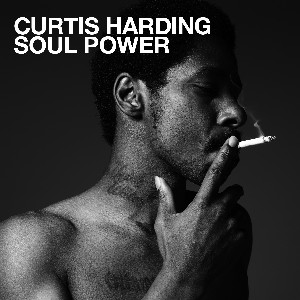Ignored Obscured Restored
February is Black History Month. In honor of that, I’ll feature an artist who made music that contributed to raising issues affecting the black community over 50 years ago – Eugene (Gene) McDaniels.
McDaniels had been in the music business since the early ‘60s when he recorded his first hit, “One Hundred Pounds of Clay” (#3). Other hits followed, including “Tower of Strength”, co-written by Burt Bacharach and Bob Hillard.
But by the late ‘60s, McDaniels had begun to write songs focused more on black consciousness. His 1971 album Headless Heroes of the Apocalypse is a cult classic and treasure among record collectors. The album straddles jazz, soul, and funk. It falls somewhere between the cool soul of Marvin Gaye’s What’s Going On and jazzy, spoken-word protest songs by Gil Scott-Heron.
One of the most overtly political songs is “Freedom Death Dance.” It touches on issues of war and social justice.
Everybody wants happiness
Everybody wants peace of mind
Everybody says we should ignore
The graves we dance upon
But I’ve really got news for you
There’s no amount of dancing we can do
That will ban the bomb
Feed the starving children
Bring justice and equality to you and me
No amount of dancing
ls gonna make us free, yeah
Gather round the riots, children
Everybody wants to dance
Gather round the murders
And be free. yeah
Gather round, brother
This could be you only chance
To be in touch
With your own humanity. oh yeah
It has often been rumored that the Nixon administration was so intimidated by this record that they had Vice President Spiro Agnew call Atlantic Records to squash promotion for it.
The backing musicians include Alphonse Mouzon (drums) and Miroslav Vitous (bass), both of whom would go on to play in Weather Report.
Like many other obscure, classic soul albums, Headless Heroes of the Apocalypse has been sampled by many hip-hop artists, including Eric B & Rakim, Q-Tip, and the Beastie Boys.
The full album is available to stream on Spotify and is worth a listen. Go check it out.
Enjoy… until next week.

